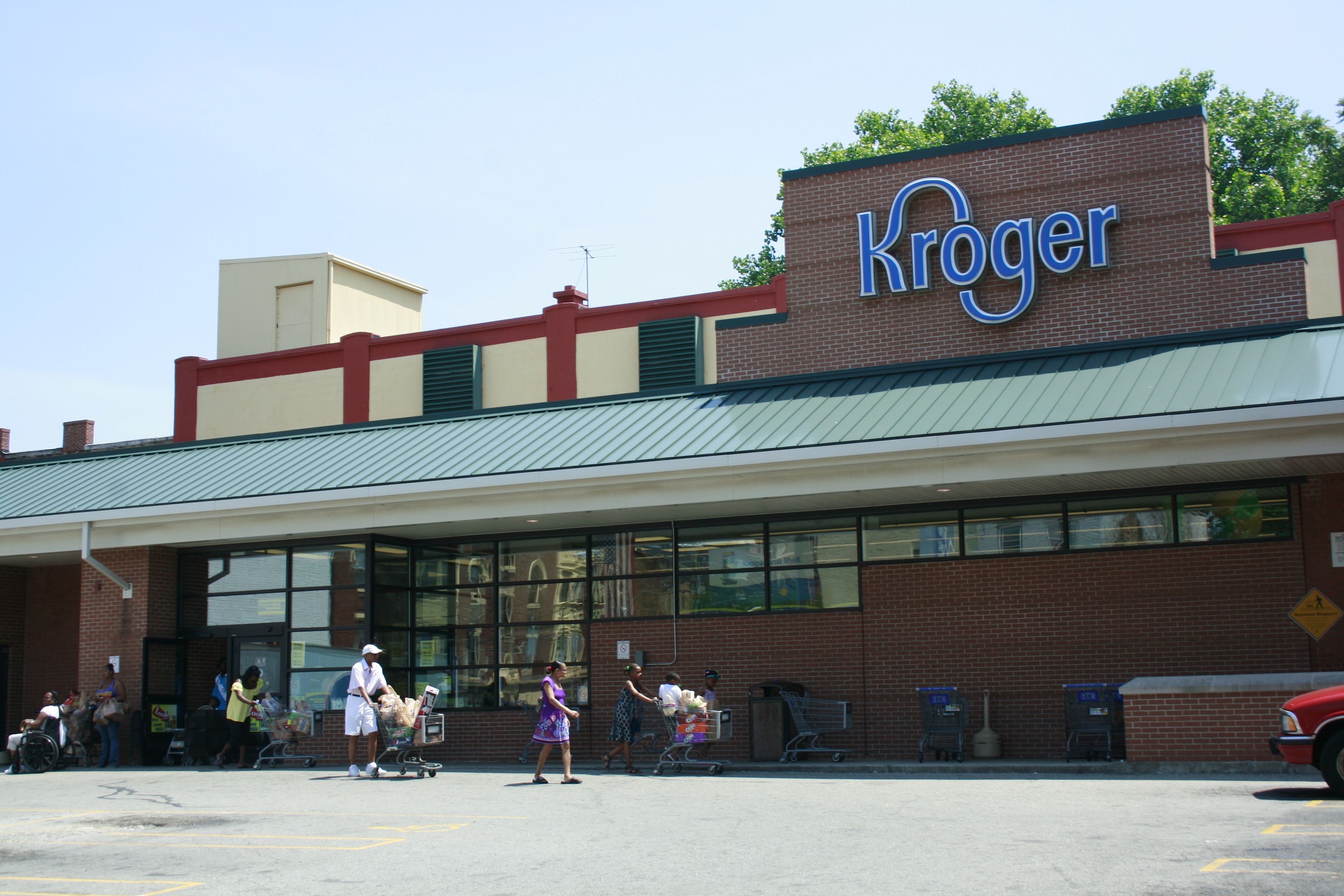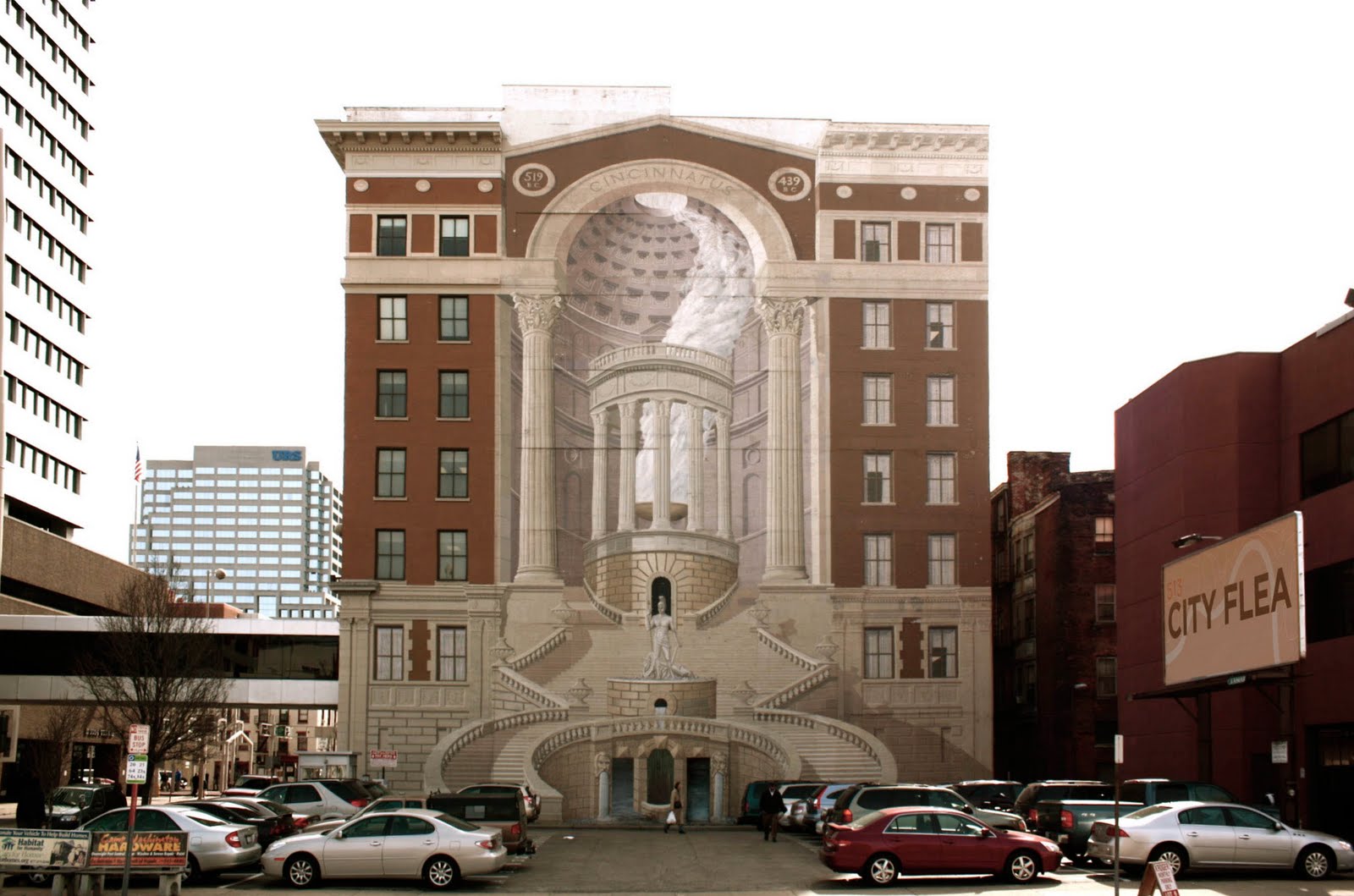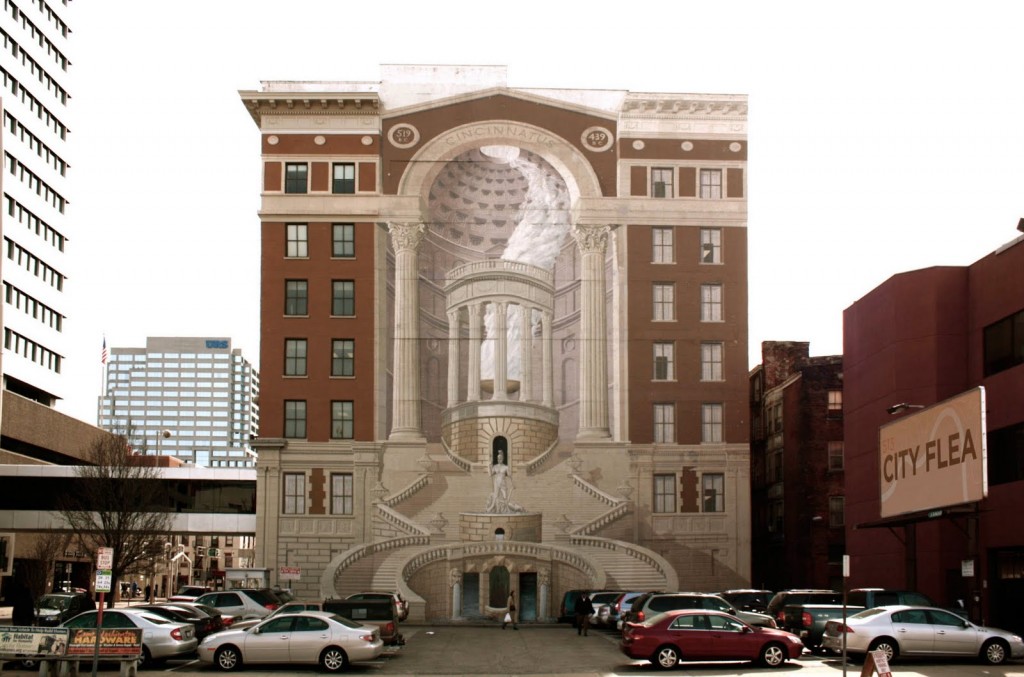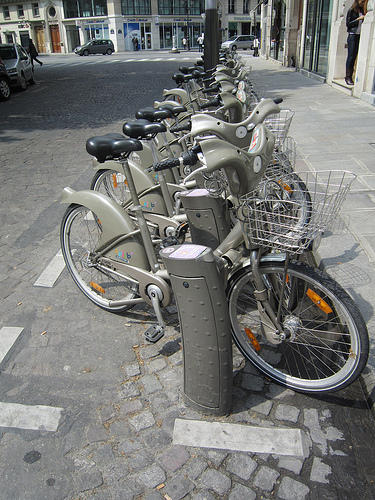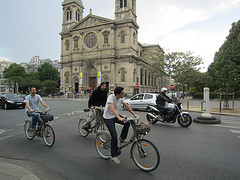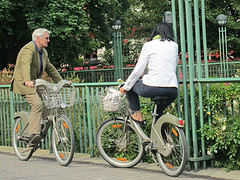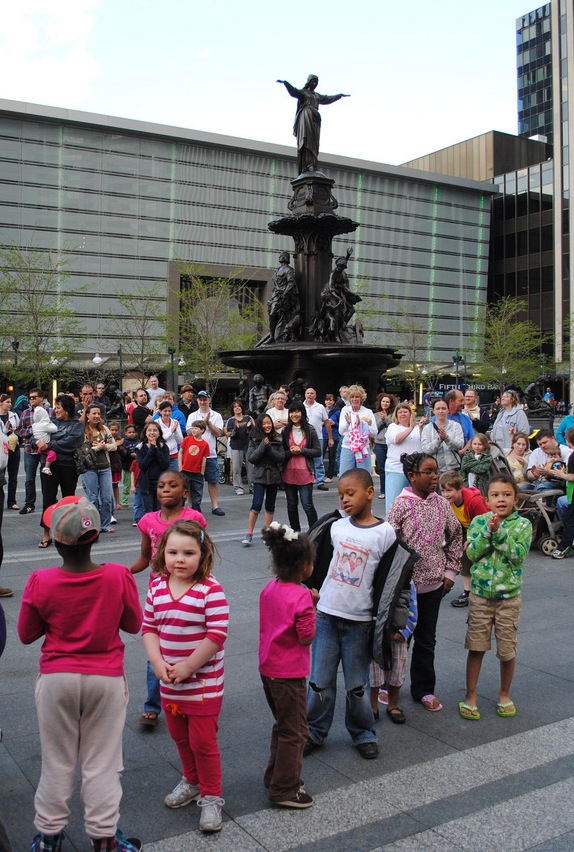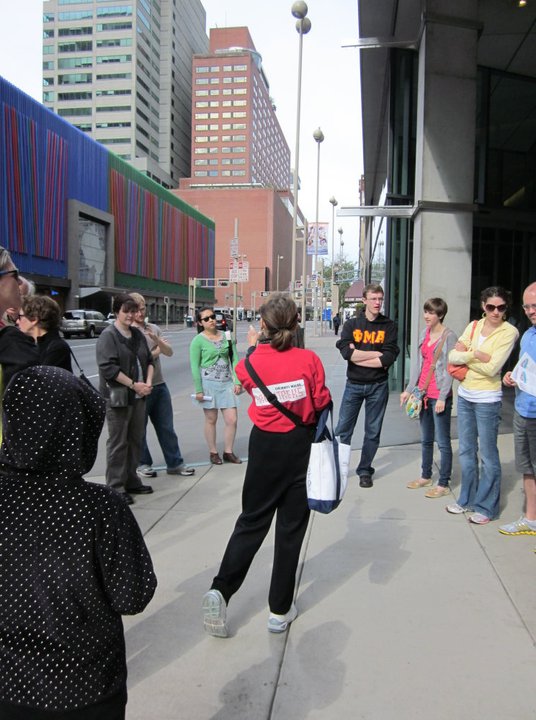 It is no secret to Cincinnati residents that less than four blocks away from the Kroger world headquarters sits one of the most neglected stores in the city, if not the region. The Kroger store at the 1400 block of Vine Street in Over-the-Rhine has long sat forgotten while the rest of the urban core continues to gain steam, revitalize and grow.
It is no secret to Cincinnati residents that less than four blocks away from the Kroger world headquarters sits one of the most neglected stores in the city, if not the region. The Kroger store at the 1400 block of Vine Street in Over-the-Rhine has long sat forgotten while the rest of the urban core continues to gain steam, revitalize and grow.
Less than a 10 minute drive away sits Vine Street’s newest sister store, the 128,000 square foot store built as a new development off highway 471 in Newport, Kentucky. The darling of big box grocery stores houses a Starbucks, a jewelry store, full clinic and pharmacy, furniture selection, and expansive grocery section including natural foods and a sushi station.
There is something of stigma surrounding the Vine Street store that hangs over the place, encouraging unfamiliar potential customers to avoid it at all costs. I set out on a mission to break down the rumors and cut through to the core differences and to hypothesize how the Kroger Company can capitalize on their greatest and most under-utilized asset.
Prices:
Rumor has it that the company marks up its prices in the center city, forcing poor residents and dumb yuppies to pay more than their suburban counterparts. This is not true. From California Pizza Kitchen ($5.79) to Jif Creamy Peanut Butter ($2.40) to Roma tomatoes ($1.19 per lb), the price point at the two Krogers is identical.
Expiration Dates:
After only one visit, it is hard to say whether or not the company consistently ships food that will expire sooner to their urban location. Multiple visits will confirm the pattern. At this time, comparing eggs, milk, produce and meat, the expiration dates for the Newport store were consistently further out than Vine Street’s. The VSK had expiration dates on milk of 6/12-6/17, and eggs from 6/7 to 6/24. Newport, in comparison, dated expired milk at 6/20-6/22, and eggs at 6/24-6/30. Every bagged green at 1400 Vine (including spring mix, spinach, kale, and salad mix) was on manager’s special – preparing to go bad with 6/6 expiration dates. The expansive selection of bagged greens in Kentucky (only 3 bags of which were of collard/kale greens) expired from 6/7-6/14.
However, the rest of the produce section was filled with vibrant, ripe fruits and veggies that one could find just as easily at Findlay Market. Red strawberries, taut and plump cucumbers, pears, peaches, fresh smelling blueberries and leafy (unpackaged) greens. In fact, the tomatoes at Vine Street were in better shape than the ones at Newport (see the pictures above)
Compare and Contrast: Over-the-Rhine [LEFT] and Newport [RIGHT] stores.
Selection:
The stark difference in size and footprint of the two stores obviously allows for a great disparity in food selection. The question that remains: is the food that IS available in the smaller footprinted store as good a quality as the bigger store? The answer: yes and no.
The Vine Street Kroger has a range and variety of items for sale – one can purchase cat food and cream cheese; pomegranate juice and pancake mix; the necessities are all there- and at the same price as any other Kroger in the city. Is there a need for a jewelry store, cheesemonger, or 15 types of lint rollers in a smaller market? Of course not. Other successful urban stores carry only one or two styles of an item in order to maximize room for a wider variety of merchandise.
A big disappointment I encountered was in the meat aisle. Instead of a traditional deli there is a “hot counter” with fried chicken and other breaded delicacies shoved under a heat lamp, approximately 4.5 feet wide. The fresh meat section is very limited.
When deciding between chicken at Vine Street I was presented with two options: one style of Tyson all natural chicken thighs (no breast meat or tenderloin) at 3.99 per lb, and a 10 lb bag of cheap skin-on chicken drumsticks for 6 dollars with an expiration date of 6/14. I have been told that there is usually Kroger brand skinless chicken breast – they may have been out today. Obviously the selection at Newport Kroger is much wider.
Design:
The biggest hurdle that faces the Vine Street Kroger is its outdated and dingy design. The store is poorly lit, with outdated signage, low ceilings, and worn tile on the floor. The physical layout of the food selection is not well thought out. Entering the store puts the shopper smack in the middle of the processed bread and Hostess snack aisle. Conventional healthy shopping wisdom that dictates shopping around the perimeter of the store- it does not work in this case, as Aisle One is candy and sugary cereals.
The Newport Kroger, in sharp contrast, has stained concrete floors, tall ceilings, modern signage, and skylights that bring daylighting into the expansive space. Much attention and detail has been put into the displays, with vignettes on the wall indicating dairy, produce, bread, and meat sections.
What’s the solution?
The Kroger company is at a crossroads. They are the biggest grocery chain in the nation, yet are allowing a key future growth opportunity to slip out from under them: the urban market. Stores like Aldi, Target, Safeway and Whole Foods have already established urban stores with smaller footprints and a more limited selection that are clean, well designed, and offer an attractive selection for urban residents.
Kroger should seize this opportunity to place pride in their most central store. In this formally trained interior designer’s opinion, the best thing that Kroger could do would be to renovate the Vine Street store as a flagship model for urban Kroger markets across the country in other major downtown districts, and to open a second location in the Banks development or Tower Place Mall.
Reduce the barrier to the street by modifying the parking lot – behind the building or eliminating it all together. Bring the same successful elements from the Newport store into the smaller design – modern colors, skylights, ample lighting, polished concrete floors, easy to read and well designed signage, and improve the quality (and shelf life) of the selection that is available.
Questions arise about improving the neighborhood – will a nicer store price current residents out? It’s already been established that the price points of both the newest and most run-down Kroger in the region are identical. The only difference is the physical store itself. Improving the most central and urban store will only attract more shoppers to the store, resulting in gained revenue. No matter one’s skin color, annual income, or place of residence, affordable, quality food that is readily accessible in the neighborhood is something everyone deserves.
I encourage Over-the-Rhine residents to utilize the Vine Street Kroger for their grocery needs in addition to gems like Findlay Market. The staff there is incredibly friendly and welcoming, and if we want the status quo to change, we need to show the company that our pocketbooks are willing to support something new.
